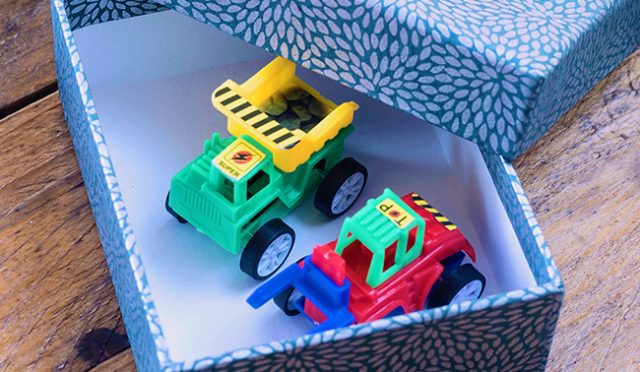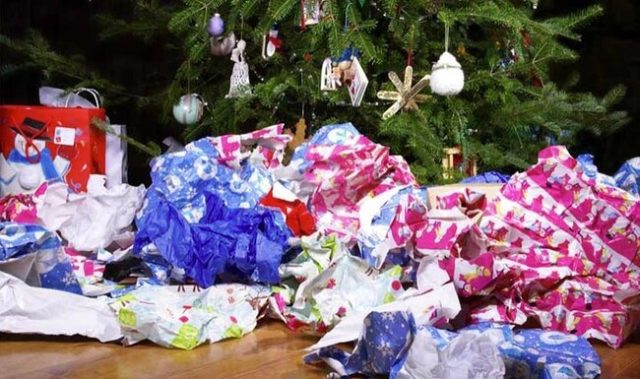
As the holiday season approaches, the excitement among children often translates into wish lists filled with toys they hope to receive from Santa. While toys play a crucial role in fostering learning, imagination, and socialization, the environmental impact of the toy industry has become a concerning issue. Shockingly, a staggering 80 percent of all toys end up in landfills, incinerators, or the ocean. The production of toys contributes to environmental degradation, with the industry utilizing 40 tonnes of plastic for every US$1 million in revenue, resulting in an excessive carbon footprint. This environmental nightmare poses a significant threat to the well-being of our planet, as discarded toys contribute to pollution and waste that endangers ecosystems and marine life.

Parents can play a pivotal role in mitigating this impact by empowering their children with agency. Instead of solely dictating the holiday wish list, involve children in discussions about the environmental consequences of consumer choices. This collaborative approach not only educates children about sustainability but also encourages them to make more mindful decisions. By fostering a sense of responsibility and awareness, parents can instil values that extend beyond the holiday season, promoting a lifelong commitment to environmental stewardship. To address the environmental challenges associated with Christmas, getting the whole family involved in sustainable practices is crucial. Engage in eco-friendly activities together, such as making homemade decorations, opting for reusable wrapping materials, or even participating in local environmental initiatives. By turning these practices into family traditions, parents can teach their child a sense of collective responsibility while creating lasting memories.

Additionally, involving the entire family in decisions about gift-giving can lead to more thoughtful and sustainable choices, reducing the overall environmental impact of holiday celebrations. Parents can explore alternative avenues for sustainable toy consumption by utilizing pre-loved toys. Parents can ask around their family, friends and neighbours, and exchange toys which are no longer of interest and can bring joy to someone else’s child. Encouraging the toy banks practice not only minimizes waste but also provides children with the opportunity to enjoy a variety of toys without the need for continuous purchases. Additionally, this approach fosters a sense of community and sharing, teaching children the value of resourcefulness and reducing the environmental footprint associated with the production and disposal of toys.

















